AMG8833
Original price was: ৳ 6,000.00.৳ 5,700.00Current price is: ৳ 5,700.00.
Quick Overview
Add heat-vision to your project and with an Adafruit AMG8833 Grid-EYE Breakout! This sensor from Panasonic is an 8×8 array of IR thermal sensors. When connected to your microcontroller (or raspberry Pi) it will return an array of 64 individual infrared temperature readings over I2C. It’s like those fancy thermal cameras, but compact and simple enough for easy integration.
This part will measure temperatures ranging from 0°C to 80°C with an accuracy of +- 2.5°C. It can detect a human from a distance of up to 7 meters (23) feet. With a maximum frame rate of 10Hz, It’s perfect for creating your own human detector or mini thermal camera. We have code for using this breakout on an Arduino or compatible (the sensor communicates over I2C) or on a Raspberry Pi with Python. On the Pi, with a bit of image processing help from the SciPy python library we were able to interpolate the 8×8 grid and get some pretty nice results!
The AMG8833 is the next generation of 8×8 thermal IR sensors from Panasonic, and offers higher performance than it’s predecessor the AMG8831. The sensor only supports I2C, and has a configurable interrupt pin that can fire when any individual pixel goes above or below a threshold that you set.
To make it easy to use, we pick & placed it on a breakout board with a 3.3V regulator and level shifting. So you can use it with any 3V or 5V microcontroller or computer.
Even better – We’ve done all the hard work here, with example code and supporting software libraries to get you up in running in just a few lines of Arduino, Python or CircuitPython code! Check out our guide for how to get started.
3 in stock
Description
I previously discussed the infrared light spectrum during the obstacle detection project (see), and today I will be discussing Panasonic’s AMG8833 8×8 IR Grid-Eye detector (datasheet ). As the name suggests, the AMG8833 contains eight rows of eight pixels each housing infrared that passively measure blackbody radiation, likely around the thermal range of 8-15 microns. The 64 pixel abundance enables temporal and spatial distributions of temperature- something quite rare in low-cost electronics. This project is effectively a $50 low resolution thermal camera with an accuracy of about 2.5 degrees C and the dimensions of a smart phone. The low cost, low power consumption, size, and accuracy of this setup make this project affordable, efficient, and reliable for any maker with an interest in engineering applications.
Python and basic data analysis tools will be used in conjunction with raw temperature values from the AMG8833 to produce visualizations called heat maps. Heat maps are ubiquitous in fields where complex information is best representing using spatial distributions. For example, meteorologists use temperature to represent the hot and cold regions in a geographical location; in finance, analysts map and predict successful and potential market performance; and in virology, scientists track outbreaks of infectious diseases to anticipate vulnerability of nearby regions. This tutorial is designed to educate the user on thermal radiation and real-time heat mapping. One important resource in any engineer’s toolbox is the ability to visualize data. I find that simple visualizations can often resolve ambiguous trends unclear to the naked eye. Consequently, I decided to explore Python’s image toolbox to display the 64-pixel temperature readings from the AMG8833 and demonstrate the power of visual tools.
Only logged in customers who have purchased this product may leave a review.
Do you have a question?
Drop us a line by compiling the form below. We will be more than happy to reply to any of your questions!
[your_form_shortcode_here]
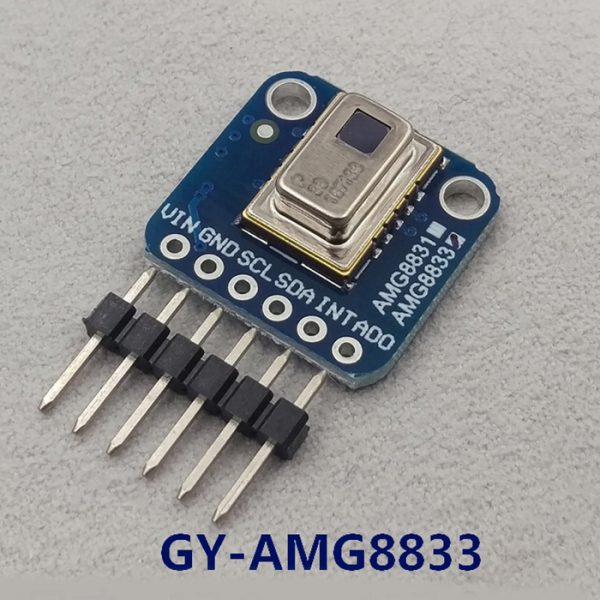

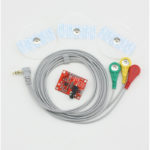
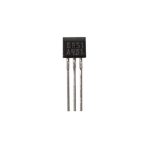

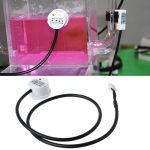
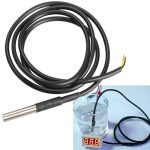







Reviews
There are no reviews yet.